When it comes to enjoying a delicious steak, there are few things that can compare to the rich, intense flavor of a perfectly dry-aged piece of beef. But what exactly is dry aging, and why does it make such a difference in taste and texture? In this blog post, we will explore the culinary secrets behind dry aging beef and explain the science behind this time-honored technique.
What is dry aging?
Dry aging is a process that involves exposing large cuts of beef to controlled conditions of temperature, humidity, and airflow for an extended period of time. During this time, the meat undergoes a natural enzymatic breakdown, resulting in a more tender and flavorful steak.
How does dry aging work?
When beef is dry aged, several things happen. Firstly, the moisture in the meat evaporates, which concentrates the flavors and intensifies the taste. Secondly, the natural enzymes in the meat break down the muscle fibers, resulting in a more tender texture. Lastly, the dry aging process allows for the development of complex flavors through the interaction of proteins and fats.
What are the benefits of dry aging?
Dry aging offers a range of benefits that contribute to the exceptional quality of the final product. Firstly, the concentration of flavors leads to a more robust and intense taste. The breakdown of muscle fibers also results in a more tender steak that practically melts in your mouth. Additionally, the development of complex flavors adds depth and complexity to the meat, making each bite a truly memorable experience.
How long should beef be dry aged?
The length of the dry aging process can vary depending on personal preference and the desired flavor profile. Generally, beef is dry aged for a minimum of 14 days, but some cuts can be aged for several weeks or even months. The longer the aging process, the more pronounced the flavors become.
What are the ideal conditions for dry aging?
Creating the perfect environment for dry aging is crucial to achieving the desired results. The ideal conditions include a temperature of around 34 to 38 degrees Fahrenheit (1 to 3 degrees Celsius) and a humidity level of 75 to 85 percent. Proper airflow is also essential to prevent the growth of harmful bacteria while allowing for the natural enzymatic breakdown of the meat.

Is dry aged beef safe to eat?
Contrary to popular belief, dry aged beef is perfectly safe to eat. The aging process creates an inhospitable environment for bacteria growth, and any harmful bacteria that may be present on the surface of the meat are destroyed during the cooking process. However, it is important to purchase dry aged beef from a reputable source to ensure its quality and safety.
How to cook dry aged beef?
When it comes to cooking dry aged beef, simplicity is key. The exceptional flavor and tenderness of the meat should be allowed to shine through, so it is best to keep the seasonings minimal. A simple seasoning of salt and pepper is often all that is needed to enhance the natural flavors. Additionally, dry aged beef is best cooked to medium-rare or medium to fully appreciate its texture and taste.
Where can you find dry aged beef?
Dry aged beef is a delicacy that can be found at select butcher shops, high-end grocery stores, and upscale restaurants. It is important to inquire about the source and aging process of the beef to ensure its quality and authenticity. Some establishments even offer the option to dry age beef at home, providing you with the opportunity to experience the magic of dry aging firsthand.
In conclusion, dry aging beef is a culinary secret that elevates the taste and texture of steak to new heights. Through the natural enzymatic breakdown and flavor development, dry aged beef offers a dining experience like no other. So, the next time you're craving a truly exceptional steak, consider indulging in the deliciousness of dry aged beef.

